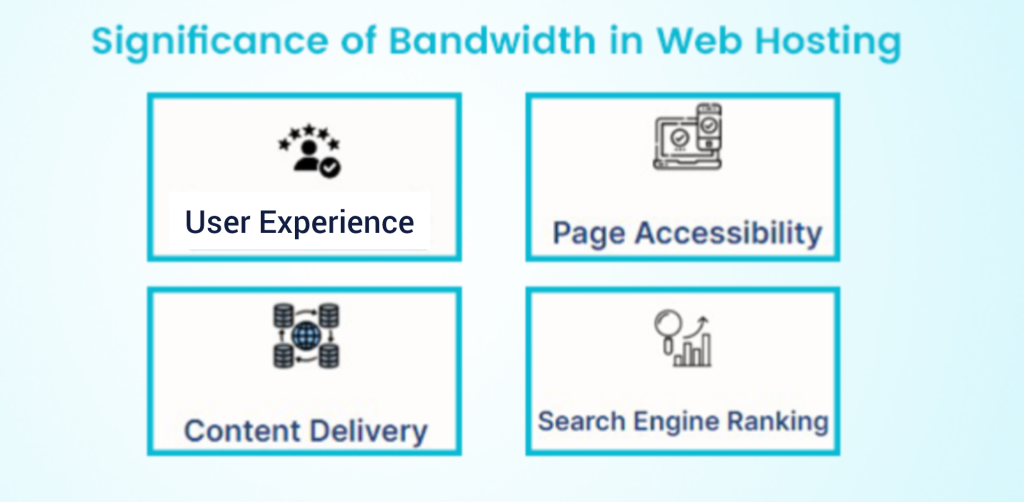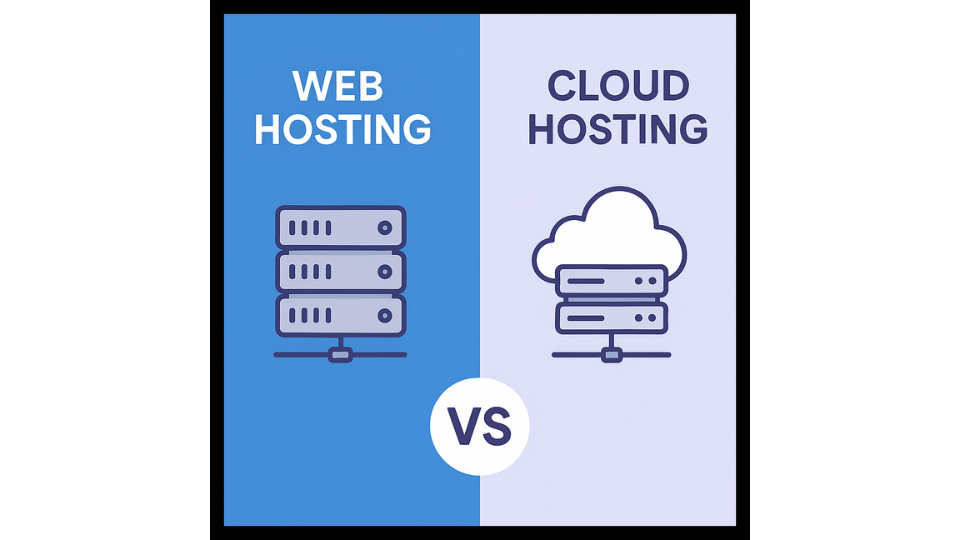509 “Bandwidth Limit Exceeded” error is hectic for website owners. Further, don’t let technical issues be a roadblock! Ensuring your website is accessible to visitors is crucial for a smooth user experience. However, addressing these challenges can help avoid frustration and keep you happy.
This error indicates that the website you want to access is facing a serious traffic management issue. So, let’s dive into the article to know everything about this specific error.
What is Bandwidth in Web Hosting?
In web hosting, bandwidth is a very important factor just like how the heart is vital for our body’s survival, bandwidth is crucial for web hosting to keep websites up and running smoothly. It’s the lifeblood that ensures seamless connectivity and optimal performance.
In bandwidth amount of data is transferred between a website and its visitors for some period and it’s measured in gigabytes (GB). It includes the volume of information transmitted when users operate the web pages, download the files, view images, etc. on your website.
Significance of Bandwidth in Web Hosting

How is bandwidth allocated in web hosting?
Bandwidth is allocated in various ways and it’s based on the web hosting plan. SSD Shared hosting provider in USA usually come with monthly limits, when they exceed then it leads to charging an extra cost or sometimes a website suspension.
Some web hosting plans provide “Unlimited Bandwidth”, but the fact is it hides the usage restrictions affecting the server performance and other users. Unlimited bandwidth is a way to unmetered bandwidth with conditions. The next option is SSD VPS Hosting and Dedicated Hosting both providing the great customization of bandwidth allocation.
What causes Bandwidth Limit Exceeded?
High Traffic: This is most common for websites. If your site suddenly experiences a surge in visitors, it can use up more data than your hosting plan allows. This can happen due to factors like your website going viral or getting a lot of referrals.
Large Files: Websites that have a lot of heavy files, like high-resolution videos or images, will use more bandwidth. This is because every time someone visits your site, those files need to be transferred to their device.
Inefficient Code or Plugins: Websites that are coded poorly or use a lot of plugins can also be bandwidth hogs. This is because inefficient code can make your site load slower, which in turn uses more data.
Hotlinking: This takes place when other websites link directly to the images rather than hosting the same on their server. This can eat into your bandwidth even though it isn’t technically traffic directed to your site.
Shared Hosting Resources: If you’re on a shared hosting plan, you’re splitting server resources with other websites. If one of the other sites on your server has a surge in traffic, it can use up more bandwidth and impact your site as well.
Read: When Does a Domain Expire? Get the Answers Here
How to Resolve Bandwidth Issues?
Bandwidth issues can be frustrating, but there are steps you can take to diagnose and resolve them:
Optimizing your network:
- Identify bandwidth hogs: Some applications use more bandwidth than others. Streaming services, video conferencing, and large downloads can quickly eat up resources. Try monitoring your network usage to see which devices or applications are consuming the most bandwidth. A list of tools are available to help you with this.
- Reduce the number of connected devices: The more devices are competing for bandwidth; the slower things will be. Disconnect any unused devices from your Wi-Fi network.
- Prioritize traffic (Quality of Service – QoS): Some routers allow you to prioritize traffic for specific devices or applications. This ensures important tasks like video conferencing aren’t interrupted by background downloads.
- Check for outdated firmware: Outdated firmware on your router can lead to performance problems. Regularly update your router’s firmware to ensure its functioning optimally.
Upgrading your bandwidth:
- Contact your internet service provider (ISP): If you’ve exhausted optimization techniques, consider upgrading your internet plan to one with a higher bandwidth allowance.
- Switch ISPs: If your current ISP doesn’t offer suitable plans, compare plans from other providers in your area.
- Use a wired ethernet connection: A wired connection is generally faster and more stable than Wi-Fi. You can connect your computer to the router with the help of an ethernet cable.
- Reduce background activity: Close any unnecessary programs or applications that might be using bandwidth in the background.
Read: What is Dedicated IP and its Benefits
Conclusion
Understanding bandwidth is key for a smooth online presence. Exceeding the usage limits leads to website inaccessibility, negative SEO impact, and a poor user experience, potentially leading to the loss of active users and clients.
To overcome such issues website owners should opt for preventive strategies like daily monitoring, optimizing media, caching, and hotlink protection.
Being proactive in bandwidth management, website owners are allowed to maintain optimal performance and accessibility, protecting a strong online presence.

